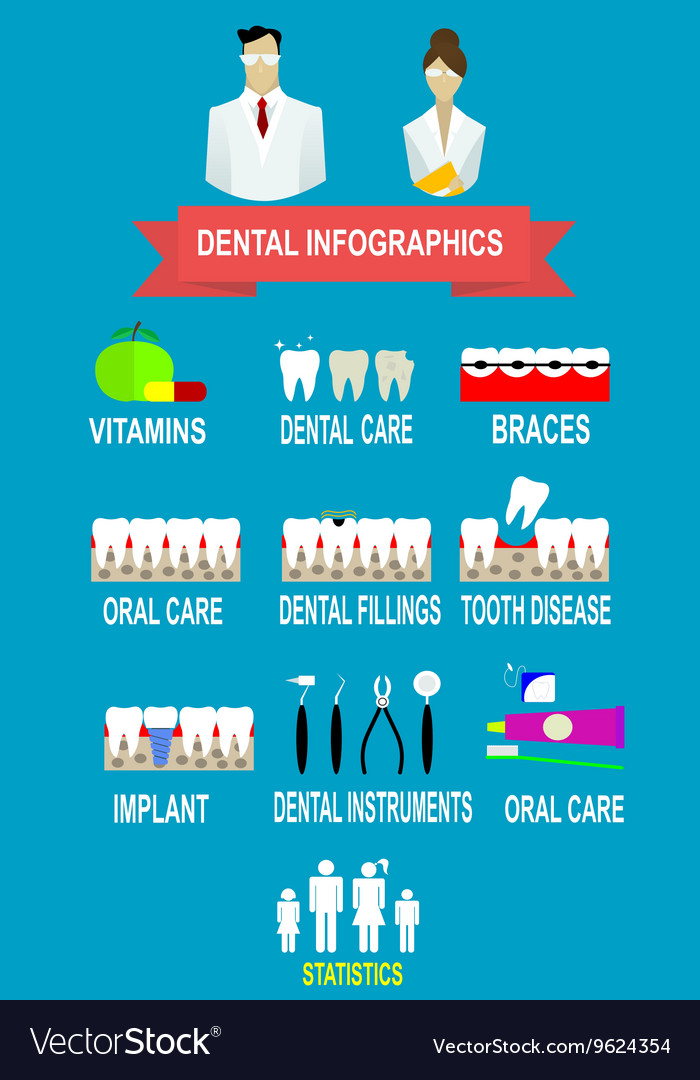Explore The Innovative Innovations That Are Changing Dental Surgery. Discover What The Future Holds For This Field And Keep Yourself Informed. Click Currently For An Exclusive View Of Upcoming Innovations
Explore The Innovative Innovations That Are Changing Dental Surgery. Discover What The Future Holds For This Field And Keep Yourself Informed. Click Currently For An Exclusive View Of Upcoming Innovations
Blog Article
Write- Visit Webpage Developed By-Bendixen Dowd
Welcome to the globe of oral surgery, where developments and advancements are shaping the future of the area! In this amazing world, you'll witness the transformative power of robotics, the innovative wonder of 3D printing, and the game-changing effect of minimally intrusive strategies.
The future of dental surgery holds a guarantee of precision, performance, and enhanced individual end results. With the help of advanced robotics, surgeons are able to do complex treatments with higher accuracy and control.
3D printing innovation is transforming the creation of dental implants and prosthetics, supplying personalized remedies that fit effortlessly right into each patient's one-of-a-kind anatomy.
Furthermore, minimally intrusive strategies are decreasing post-operative pain and healing time, allowing clients to return to their lives earlier.
Prepare organic dentist near me to explore the amazing advancements and advancements that are reshaping the landscape of dental surgery!
Advancements in Robotics
One major improvement in oral surgery is the use of robot technology, which enables specific and reliable procedures. With the help of robotic systems, oral cosmetic surgeons have the capacity to execute intricate surgeries with improved accuracy, minimizing the risk of human mistake.
These robotic systems are equipped with advanced imaging technology and specific instruments that make it possible for specialists to browse through complex anatomical structures effortlessly. By using robot technology, cosmetic surgeons can accomplish better medical precision, leading to improved client end results and faster recovery times.
Additionally, the use of robotics in dental surgery enables minimally invasive treatments, decreasing the trauma to bordering cells and advertising faster healing.
3D Printing in Oral Surgery
To boost the field of oral surgery, you can check out the subtopic of 3D printing in oral surgery. This cutting-edge modern technology has the possible to change the method oral specialists operate and deal with patients. Below are four essential methods which 3D printing is shaping the field:
- ** Customized Surgical Guides **: 3D printing permits the development of very exact and patient-specific medical overviews, improving the accuracy and efficiency of treatments.
- ** Implant Prosthetics **: With 3D printing, oral doctors can develop tailored implant prosthetics that flawlessly fit a client's one-of-a-kind anatomy, resulting in better outcomes and client complete satisfaction.
- ** Bone Grafting **: 3D printing allows https://canyoureverseperiodontald75084.myparisblog.com/33491722/an-in-depth-guide-to-finding-the-perfect-oral-surgeon-tailored-to-your-certain-needs manufacturing of patient-specific bone grafts, decreasing the demand for traditional grafting methods and enhancing recovery and healing time.
- ** Education and learning and Educating **: 3D printing can be used to create sensible medical models for instructional purposes, allowing oral specialists to practice complex procedures prior to doing them on people.
With its potential to enhance precision, modification, and training, 3D printing is an amazing growth in the field of dental surgery.
Minimally Invasive Strategies
To additionally advance the area of dental surgery, accept the possibility of minimally invasive methods that can considerably benefit both specialists and patients alike.
Minimally does the va do implant dentistry are revolutionizing the field by minimizing medical injury, reducing post-operative discomfort, and accelerating the healing process. These techniques entail using smaller incisions and specialized instruments to perform treatments with precision and effectiveness.
By making use of advanced imaging innovation, such as cone beam calculated tomography (CBCT), specialists can precisely plan and carry out surgeries with minimal invasiveness.
Furthermore, making use of lasers in oral surgery allows for specific cells cutting and coagulation, causing decreased blood loss and lowered healing time.
With minimally intrusive techniques, patients can experience faster recuperation, minimized scarring, and boosted end results, making it a crucial facet of the future of oral surgery.
Final thought
So, as you can see, the future of oral surgery is incredibly promising, with amazing innovations and advances shaping the area.
From the advancements in robotics to making use of 3D printing and minimally intrusive strategies, dental cosmetic surgeons are changing the way they provide care.
While some may stress over the possible cost associated with these innovations, it is necessary to bear in mind that these innovations inevitably boost individual outcomes and lower recovery time, making them well worth the financial investment in the long run.
